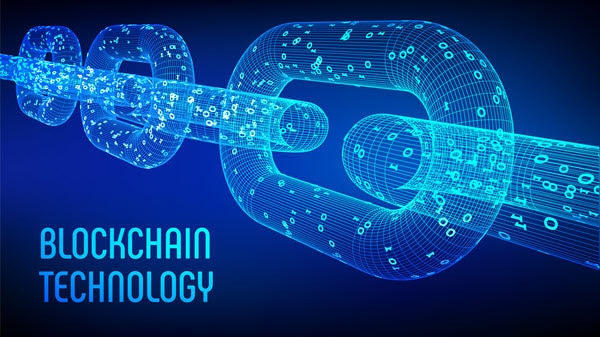- Muhammad Nur Yanhaona, Ph.D

Since the genesis of Bitcoin that ushered it, the blockchain technology has attracted widespread enthusiasm in the technology community for its revolutionary approach to decentralization of trust and security of information management. The blockchain technology has shown—for the first time—that it is possible to manage a highly secure and reliable decentralized ledger of information on a laissez-faire, scalable peer-to-peer network of autonomous and mutually untrusted participants. The more independent participants join a blockchain network, the more secure and reliable it becomes. This particular behavior crushed the long-held assumption that the larger a decentralized system gets, the more difficult it becomes to maintain.
Despite its great potential, the adoption of blockchain technology is mostly limited to the digital currency domain. Digital currencies are the natural choice for the first application of blockchain technology because all that is needed for a convincing digital currency is a trustworthy ledger of that currency transactions, which the blockchain technology so easily provides. However, it is long overdue that the blockchain technology goes beyond from being an enabler of crypto-currencies and become the backbone of innovative distributed applications solving real world needs. Powered by the blockchain technology, these applications should be more scalable, trustworthy, easily accessible, and secure than whatever alternative now exists in the underlying domains.
There are several limitations in the current state of the art public blockchain technology that hinder the fulfillment of the above goal. Only probabilistic permanence of blockchain data, a lack of provision for oversights regarding how a blockchain network is being used, no vision on what to do after a blockchain network is tore down, difficulty of integration with other technologies and systems, and an uncontrolled increase of network maintenance operation cost are all severe concerns obstructing blockchain technology’s adoption in practical problems.
Over the past couple of years, Kona Software Lab Limited, the Bangladesh office of the South Korean payments and security industry pioneer Kona I Co., Ltd.,has been conducting research and development on its own blockchain platform that canaddress and alleviate the above-mentioned concerns and pave the way for blockchain technology powered applications that address real world business, financial, and public-sector needs. The Ethereum-like core of the platform means that there is an underlying crypto-currency in any Kona blockchain network deployment, and the network must be sustained by proof of work block mining. However, it is the application service features of the blockchain—notthe currency—thatare the highlights of the network. Like any other public blockchain technology solution, Kona Blockchain Platform focuses onsecurity and trustworthiness of the blockchain ledger information which is strongly tied with the transparent nature of the platform. However, for closed loop and centrally trusted blockchain-based implementations, Kona also has a Hyperledger Fabric-based platform in its portfolio.
In the area of blockchain, the company has successfully rolled out a pilot in Vietnam for food safety last year and is currently working on an electronic voting system which is soon going to be available in South Korea.
The author is the Team Manager, Research and Development, Kona Software Lab Limited








